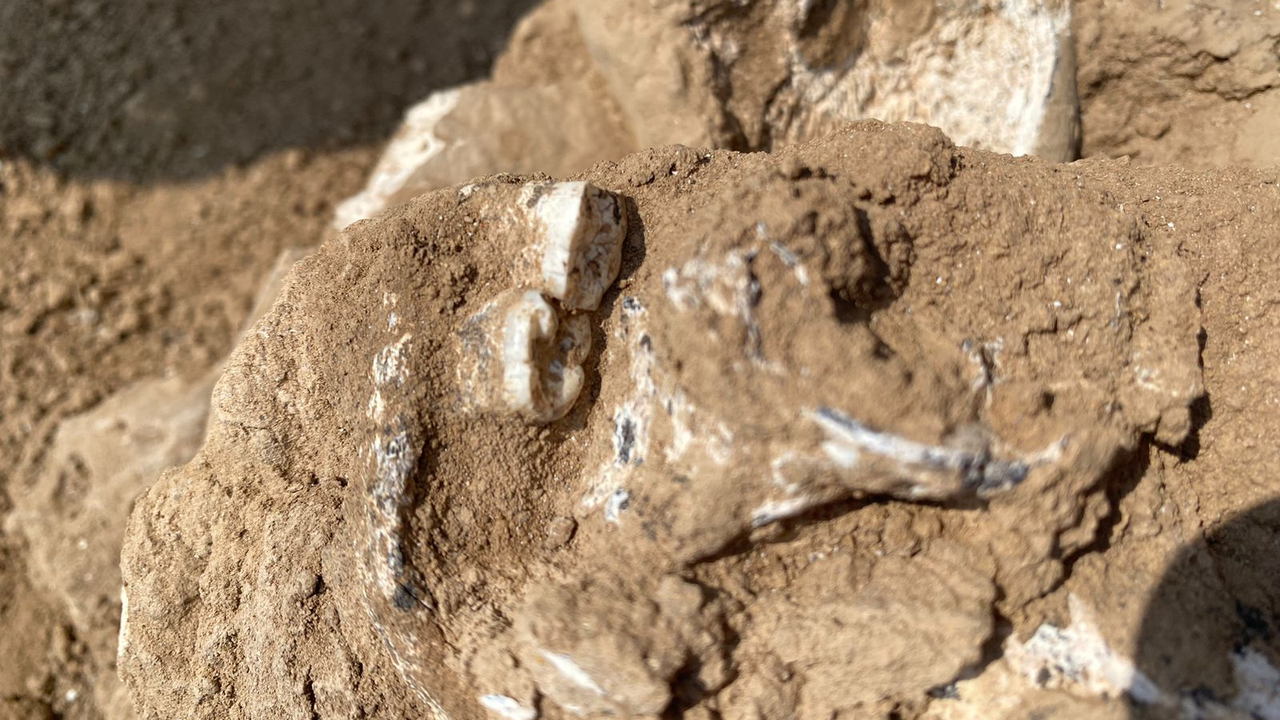Now Reading: 1.8 Million-Year-Old Jawbone in Georgia Sheds Light on Early Homo Erectus
-
01
1.8 Million-Year-Old Jawbone in Georgia Sheds Light on Early Homo Erectus
1.8 Million-Year-Old Jawbone in Georgia Sheds Light on Early Homo Erectus

Swift Summary
- researchers in Georgia discovered a 1.8 million-year-old jawbone fragment and teeth at Orozmani, wich may belong to early Homo erectus, the first human ancestor to leave Africa.
- The site of Orozmani is located about 60 miles south of Tbilisi and near Dmanisi, another key location for early hominin fossils.
- Earlier excavations at Orozmani unearthed stone tools, animal bones, and a single tooth identified as H. erectus in 2022.
- H. erectus evolved in Africa around two million years ago before migrating to Europe, Asia, and Oceania. Fossils from Dmanisi have revealed that these hominins were smaller with less developed brains compared to Homo sapiens.
- A chemical dating study suggested that both sites-Orozmani and dmanisi-are contemporaneous (dating between 1.825 million-1.765 million years ago).
- Archaeologists speculate the find suggests broader settlement patterns rather than isolated migrations into the Caucasus region by Homo erectus groups.
- Currently, researchers are investigating whether Orozmani predates or aligns chronologically with nearby Dmanisi.
Image: Finding of fossil jawbone fragment embedded in dirt
Image credit: Giorgi Bidzinashvili
Indian Opinion Analysis
The discovery of ancient hominin remains adds critical insight into human evolution-a topic of widespread academic interest globally as well as for India’s archaeologists specializing in proto-human studies connected to early migration routes out of Africa. While this finding occurs far from Indian territory geographically, it underscores humanity’s past migratory nature through Eurasia and may hold broader implications for understanding how prehistoric humans adapted across regions.
For scientific communities within India interested in evolutionary biology or archaeology linked to neighboring regions like central Asia or West Asia, such discoveries reinforce the importance of interdisciplinary collaboration across borders on evolutionary research projects aligned with India’s own rich history evidenced similarly ancient societal markers scientifically verified locally (e.g., paleolithic Haryana evidence pre-River Sarasvati Vedic contexts once argued).
Lastly do increase space hearing no new! Trail region




























